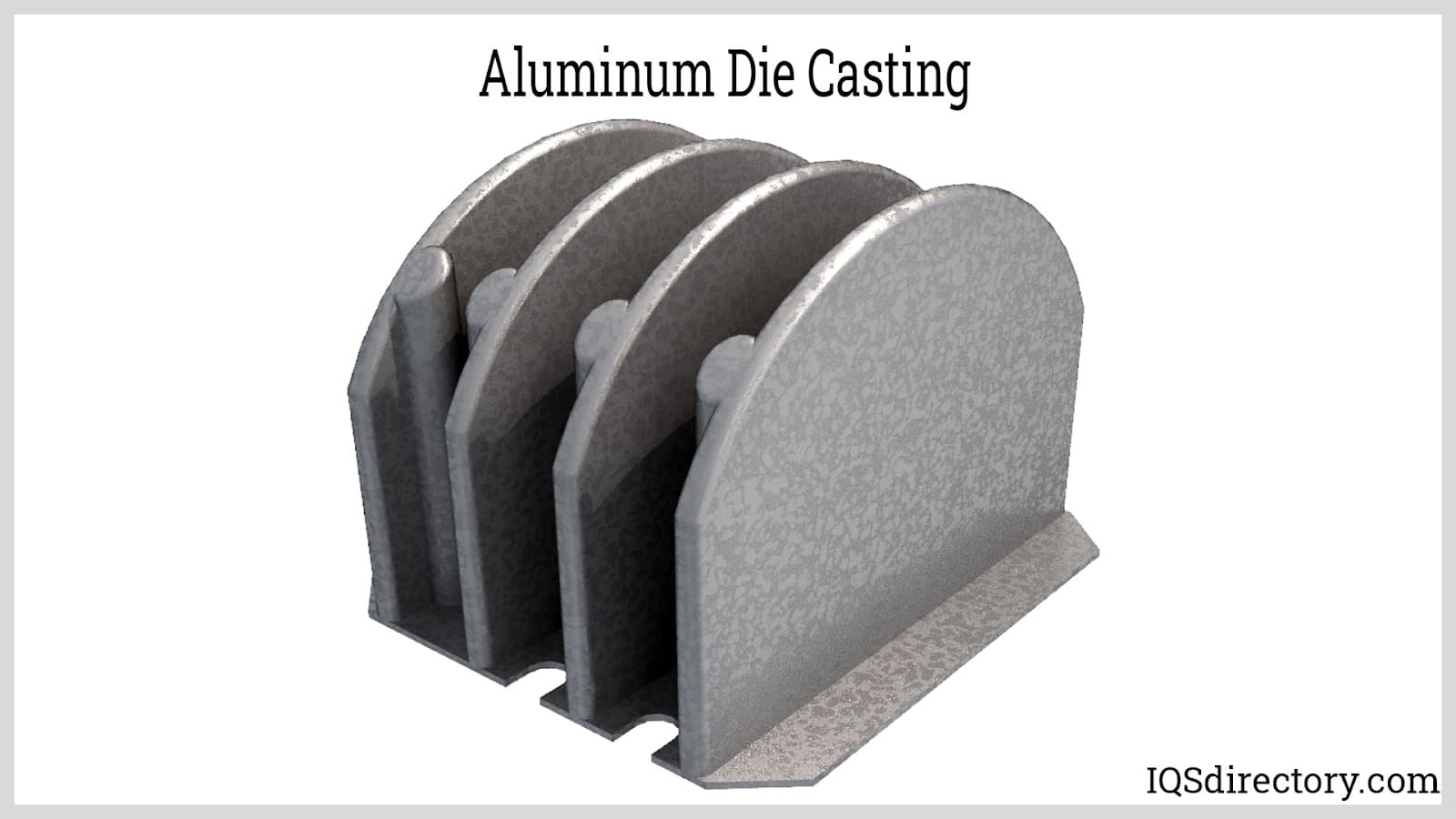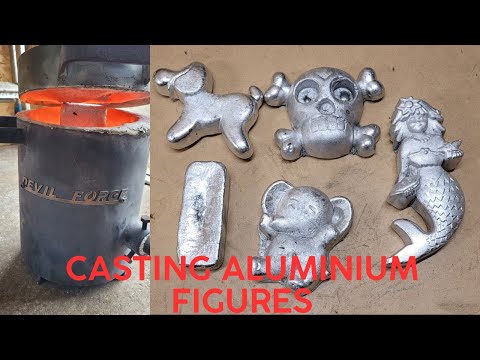Top Guidelines Of Stahl Specialty Company
Top Guidelines Of Stahl Specialty Company
Blog Article
Little Known Facts About Stahl Specialty Company.
Table of Contents10 Easy Facts About Stahl Specialty Company DescribedAll About Stahl Specialty CompanyThe Basic Principles Of Stahl Specialty Company The Greatest Guide To Stahl Specialty Company4 Easy Facts About Stahl Specialty Company ShownIndicators on Stahl Specialty Company You Need To Know

If you're creating a steel item, you have actually likely taken into consideration utilizing aluminum as the base material. It has a high strength-to-weight proportion, good corrosion resistance, excellent formability, and visual allure. These aspects have brought about its boosted appeal in recent years. Pure aluminum has actually restricted applications, so it is often combined with other components, such as silicon, magnesium, and manganese to create alloys.
Various elements and quantities create a wide array of preferable physical and chemical residential properties. And the Light weight aluminum Association (AA), based in North America, has actually developed specs that manage aluminum alloys' make-up, residential or commercial properties, and nomenclature. There are two kinds of aluminum alloys wrought and cast. Factory workers form these alloy enters different ways, which substantially influences their qualities.
The Best Strategy To Use For Stahl Specialty Company
Cast aluminum alloys are made by thawing pure light weight aluminum and combining it with other steels while in fluid type. The mix is poured right into a sand, pass away, or investment mold.

For example, 160.0 stands for a cast with a minimum of 99.60% light weight aluminum. The fourth number, which comes after the decimal factor, specifies if the alloy is a casting (xxx. 0) or an ingot (xxx. 1). Wrought aluminum alloys additionally begin by integrating molten light weight aluminum with various other metals. In comparison to cast alloys, however, they are created into their last form via processes such as extrusion, rolling, and flexing after the metal has solidified right into billets or ingots.
There are lots of small distinctions in between functioned and cast aluminum alloys, such as that cast alloys can contain more significant amounts of other metals than wrought alloys. The most remarkable distinction in between these alloys is the manufacture process with which they will go to deliver the last item. Apart from some surface treatments, cast alloys will certainly exit their mold in almost the specific strong type wanted, whereas wrought alloys will undertake a number of adjustments while in their solid state.
If you think that a functioned alloy might be the ideal for your task, have a look at a few of our articles that clarify even more about specific functioned alloys, such as Alloy 6061 and Alloy 6063. On the other hand, if you believe a cast alloy would certainly be better for you, you can find out more regarding some cast alloys in our Alloy 380 and Alloy 383 write-ups (coming quickly).
Our Stahl Specialty Company Diaries
When picking a light weight aluminum factory for your production needs, it's essential to examine several factors. One of one of the most critical facets to think about is the experience and proficiency of the foundry. aluminum foundry. Picking a factory that has the best knowledge of the light weight aluminum casting procedure, and the portfolio to reveal for it, assists to have a successful end result for your task
Having the experience and industry understanding to craft your spreadings for ideal manufacturing and high quality outcomes will simplify the job. Producing light weight aluminum spreading needs a complex collection of procedures to attain the appropriate outcomes. When selecting a new aluminum factory to partner with, ensure they have substantial sector experience and are educated concerning all facets of the light weight aluminum casting procedure: design, production, material analysis, and item testing.
The factory needs to additionally have a tried and tested performance history of delivering remarkable items that satisfy or surpass customer assumptions. Quality control should likewise go to the top of your checklist when selecting a light weight aluminum foundry. By dealing with a certified shop that adheres to the standards for quality control, you can protect the integrity of your product and guarantee it meets your specs.
By choosing a company who provides services that fulfill or surpass your product requirements, you can be sure that your job will be finished with the utmost precision and effectiveness. Different components need different production methods to cast aluminum, such as sand spreading or die spreading.
The 7-Minute Rule for Stahl Specialty Company
Pass away casting is the name provided to the process of creating complicated steel components via use of molds of the part, likewise referred to as dies. The procedure makes use of non-ferrous metals which do not consist of iron, such as aluminum, zinc and magnesium, as a result of the desirable residential or commercial properties of the metals such as reduced weight, higher conductivity, non-magnetic conductivity and resistance to deterioration.
Die casting manufacturing is quickly, making high production degrees of elements very easy. It produces even more elements than any kind of various other process, with a high level of precision and repeatability. To find out more regarding die spreading and pass away spreading materials used while doing so, checked out on. There are three sub-processes that fall under the category of die spreading: gravity die spreading (or long-term mold and mildew casting), low-pressure die spreading and high-pressure die spreading.
No matter the sub-process, the die casting procedure can be broken down right into six steps. After the purity of the alloy is evaluated, dies are created. To prepare the passes away for spreading, it is essential that the passes away are clean, to ensure that no deposit from previous manufacturings stay. After cleaning, the ejection lubrication is put on the die to make certain a smooth launch.
The Best Guide To Stahl Specialty Company
The pure steel, additionally referred to as ingot, is included in the heater and maintained the molten temperature of the metal, which is after that transferred to the shot chamber and injected into the die. The stress is then preserved as the metal strengthens. As soon as the metal solidifies, the cooling process begins.
(https://urlscan.io/result/0195897f-20fd-7001-a6ac-ce9798aafe78/)
The thicker the wall of the part, the longer the cooling time as a result of the amount of indoor metal that likewise requires to cool. After check my reference the component is fully cooled down, the die halves open and an ejection device pushes the component out. Following the ejection, the die is closed for the next injection cycle.
The flash is the added material that is cast throughout the procedure. Deburring gets rid of the smaller items, called burrs, after the trimming process.
Little Known Questions About Stahl Specialty Company.

Zinc is among one of the most pre-owned alloys for die spreading due to its lower cost of resources. It's also one of the more powerful and steady steels. Plus, it has excellent electric and thermal conductivity. Its corrosion resistance also permits the parts to be long lasting, and it is one of the extra castable alloys due to its lower melting point - Casting Foundry.
As pointed out, this alloy is just one of one of the most frequently made use of, yet manufactures will, sometimes, choose aluminum over zinc because of light weight aluminum's manufacturing benefits. Aluminum is highly economical and among the extra versatile alloys. Aluminum is used for a variety of various products and industries anything from home window structures to aerospace materials.
Report this page